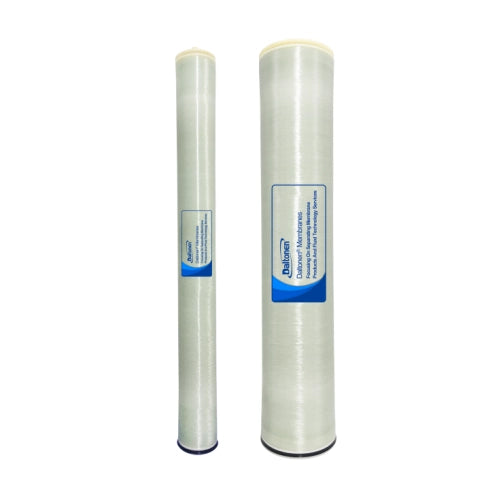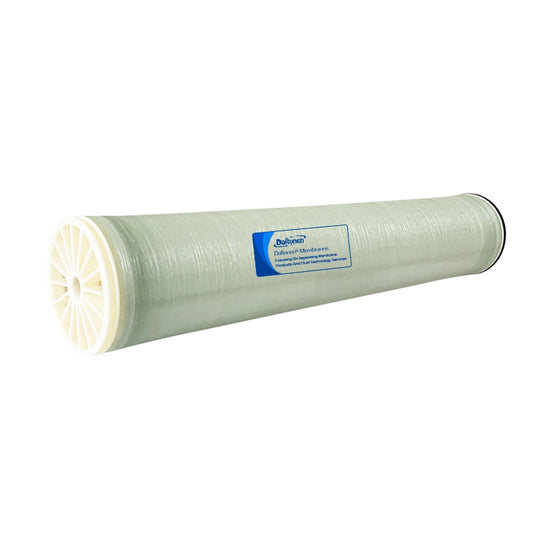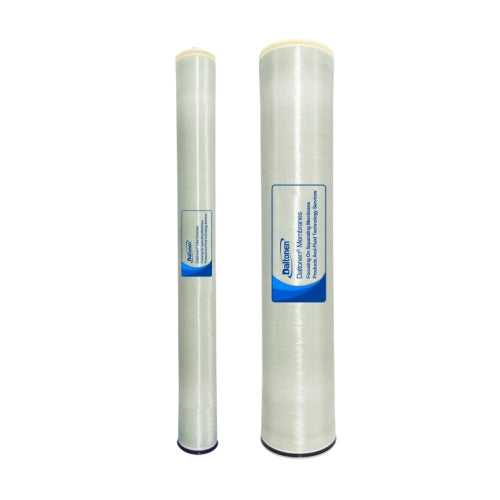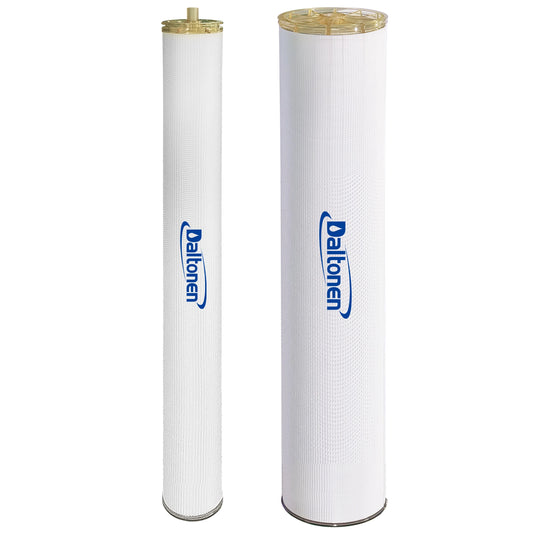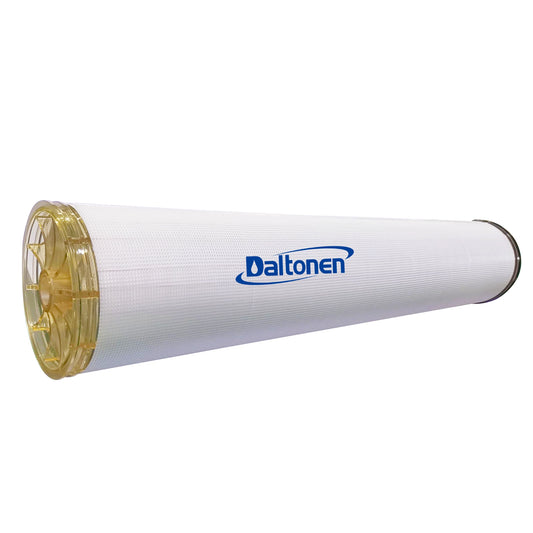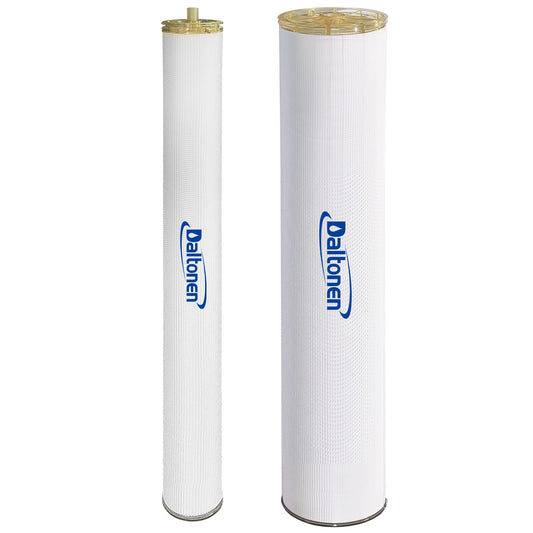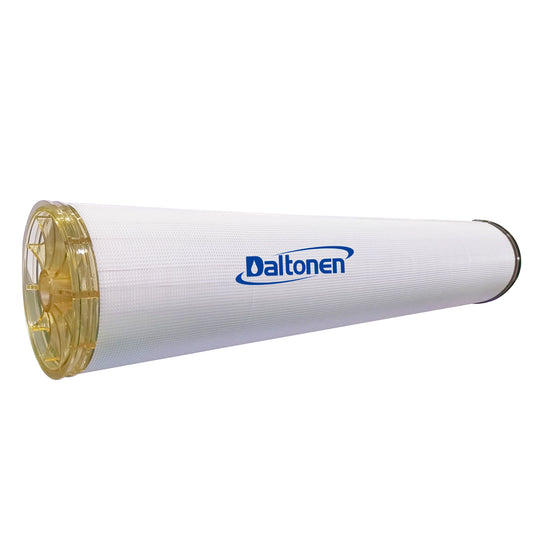Process plan for RO membrane interception of metal ions in the new energy industry
04 Jul 2025
Here is the professional English translation of the RO membrane process for metal ion removal in the new energy industry:
I. Application Scenarios & Objectives
-
Typical Wastewater Streams
- Lithium battery manufacturing: Electrode slurry rinse water (Li, Co, Ni, Mn ions)
- PV cell production: Silicon wafer cutting wastewater (Ag⁺, Cu²⁺)
- Metal recovery: Leachate from spent batteries
-
Key Targets
- Metal ion rejection ≥99% (e.g., Ni²⁺, Co²⁺, Li⁺)
- Product water conductivity <20 μS/cm (reusable in production)
- 5-10× concentration of valuable metals for resource recovery
- Compliance with Battery Industry Pollutant Discharge Standards (GB 30484)
II. Process Design ("Staged Purification + RO" Integrated System)
graph LR
A[High Metal-Ion Wastewater] --> B[Pretreatment Unit]
B --> C[Primary RO System]
C --> D1[Product Water → Reuse/Discharge]
C -->|Concentrate| D[Secondary Concentration Unit]
D --> E1[Resource Recovery]
D --> E2[Secondary Reduction]

III. Core Process Details
1. Pretreatment Unit (RO Membrane Protection)
| Equipment | Function |
|---|---|
| Equalization Tank + pH Control | Maintain pH=6-8 (prevent metal hydroxide scaling) |
| TOC Removal Reactor | Ozone/UV oxidation to degrade organic solvents (e.g., NMP) |
| Multistage Filtration | Sand Filter → Activated Carbon Adsorption → 5μm Cartridge Filter → UF Membrane |
| Antiscalant/Dispersant Dosing | Inhibit metal oxide/colloid deposition (e.g., Argo AF200ULP) |
Critical Parameters: SDI₃₀ <3, TOC <0.5 mg/L, Fe/Mn <0.05 mg/L
2. RO Membrane System (Core Separation Barrier)
- Membrane Selection: High-rejection antifouling RO membranes (e.g., Dupont Filmtec™ FR series, Li⁺ rejection >98%)
-
Configuration:
- Primary RO: 2:1 staging (75% recovery)
- Secondary RO (for concentrate): SWRO membranes (>15 bar, 50% recovery)
-
Rejection Performance:
Ion Type Target Rejection Ni²⁺/Co²⁺ >99.8% Li⁺ 98-99.5% Cu²⁺/Ag⁺ >99.9% SO₄²⁻/Cl⁻ >99%
3. Concentrate Resource Recovery
- Electrolytic Recovery: High-purity Cu/Ni/Ag recovery (current efficiency ≥85%)
-
Selective Precipitation:
- Li⁺ → Battery-grade Li₂CO₃ (via Na₂CO₃ addition)
- Co²⁺/Ni²⁺ → Metal sulfides (via Na₂S precipitation)
- MVR Evaporation Crystallization: Industrial-grade salt production (e.g., Na₂SO₄)
IV. Key Equipment List
| System Module | Equipment |
|---|---|
| Pretreatment | O₃ generator, UF membrane skid, activated carbon tower, online ORP/pH sensors |
| RO Membrane System | High-pressure pump (VFD), RO pressure vessels, energy recovery device (DWEER™) |
| Concentration System | Electrolysis cell, seed slurry evaporator, centrifuge |
| Control System | PLC (real-time TDS/pressure/flow monitoring) |
V. Technical Advantages & Economics
-
Innovations
- Membrane Surface Modification: Hydrophilic coating reduces metal ion adsorption fouling
- Pulse Flush Mode (Patent-Pending): Mitigates concentration polarization
- AI Optimization: Antiscalant dosage prediction based on water quality analytics
-
Cost Comparison
Treatment Method Cost (USD/ton) Metal Recovery Value Conventional Chemical 3.5-5.5 None RO Membrane System 1.7-2.5 Co/Ni recovery >USD 110k/year (1,000 tons/day scale)
VI. Critical Considerations
-
Membrane Fouling Control
- Weekly CIP (pH2 acid wash + pH12 alkaline wash)
- Pre-install oil removal unit for oil-containing streams
-
Concentrate Corrosivity
- Hastelloy pumps/valves required for secondary RO
-
Fluoride Risk Management
- Add activated alumina adsorption unit if F⁻ >10 mg/L
Industry Case: Ternary precursor manufacturing plant results after implementation:
- Ni/Co rejection: 99.92%
- Product water reused in cooling systems (conductivity ≤15 μS/cm)
- Annual metal recovery value: RMB 6.2 million (USD 850k)
Mechanism of Metal Ion Rejection by RO Membranes
[Feed Side] Metal ions + H₂O → [RO Membrane]
↑ Charge repulsion / Size exclusion ↓
[Permeate Side] H₂O + Trace ions
[Concentrate Side] 5-8× concentrated metal ions
Tags:
